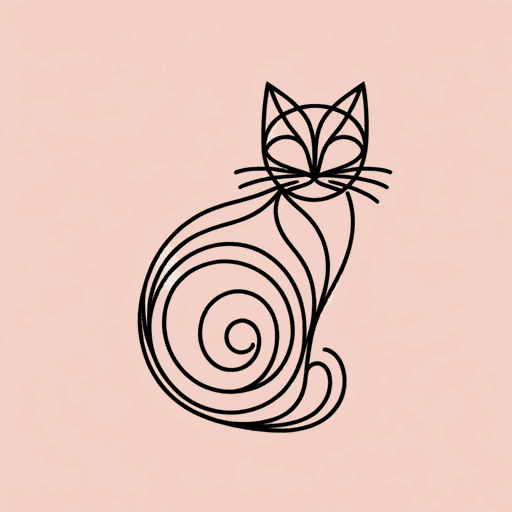70 pages • 2 hours read
Catriona WardThe Last House on Needless Street
Fiction | Novel | Adult | Published in 2021A modern alternative to SparkNotes and CliffsNotes, SuperSummary offers high-quality Study Guides with detailed chapter summaries and analysis of major themes, characters, and more.
Themes
Dee’s Guilt: Snakes and Ophidiophobia
Both in the story that Dee constructs to relieve her of her guilt for her responsibility for Lulu’s death, and in the real version of events, Dee comes face to face with a family of snakes in the lake, imprinting a deep fear of snakes that plagues Dee and ultimately costs Dee her life. The clinical term for the fear of snakes is “ophidiophobia,” and for Dee, this fear can be debilitating. Dee’s ophidiophobia thematically represents her guilt. She is a “snake”—she betrays her sister’s trust, and metaphorically poisons her family. By not looking after Lulu out of spite, she could be considered not only partially responsible for her sister’s death, but also her parents’ marriage falling apart and her father’s death. She nearly murders Ted, which would be a grave injustice committed just to fit her own need for absolution. Her ophidiophobia is a manifestation of the cognitive dissonance she feels over her own actions, and snakes represent the poetic justice Dee receives by the end of the novel.
Dee’s fear of snakes prevents her from following Ted into the forest, and it presents itself whenever she comes into contact with nature. This is in stark contrast to Ted, who is able to move in harmony with nature: when he goes to move his gods from the birch grove, he reflects, “When I stop for a moment to catch my breath, a brown snake slides additional over the toe of my boot.

